How can I reuse or recycle an old toaster oven?
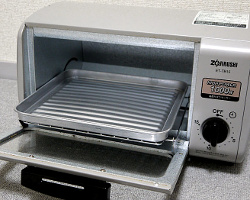 Joel has an old toaster oven and would like ideas on how he can reuse or recycle it:
Joel has an old toaster oven and would like ideas on how he can reuse or recycle it:
My wife just bought a new toaster oven. The previous one had problems in her eyes, because the spring-loaded door didn’t work as smoothly as when new, and the unit, after three years, had a couple unsightliness issues.
The door is not much of a problem, as far as I’m concerned. It does stay shut reliably when you shut it. So, okay, now I’ve got this little heating unit that I can take to my shop. It seems the controls function as-new. Thermostat system works. Heats up to 450* F.
People are using old toaster ovens for flow soldering, for un-soldering components on circuit boards, and for powder-coating of small objects. Right now, I don’t do any of those things… but you never know
Got any other ideas as to how it can come in handy?
Toaster ovens aren’t very common in the UK but they seem to be mini table-top electric ovens – the bread is put on a horizontal tray for toasting but they can be used for other things too (much like any electric oven).
First things first, since it works well, do consider passing it on to someone is less concerned about the door/aesthetic issues — if your local thrift/op/charity shop doesn’t accept electronics, you could pass it onto someone else directly through your local Freecycle/Freegle group.
If that ship has sailed though and it’s needed to be removed from culinary service, it may still be ripe for random crafting reuse. It doesn’t go hot enough for things like clay pottering firing or enamelling (the latter of which is a shame because perhaps he could have fixed Su’s casserole pan… ;) ) but would be fine for the things Joel suggests or other low temperature crafts such as Fimo or the recycled equivalent of Shrinky Dinks (there seems to be a new trend for making pedants from plastic number 6 – (not expanded) polystyrene – cups).
Some gardeners recommend always starting seeds off in a sterile potting mix/seed compost which can be bought or made at home – Alys Fowler recommends a couple of minutes in the microwave or popping it in the oven for an hour at 80C/175F – the toaster oven would work for that.
Any other suggestions for Joel – how he could pass it on or reuse/recycle it for other purposes?
(Photo from Wikipedia)



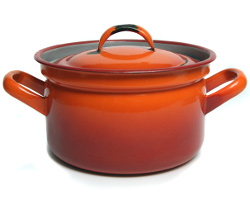 Good friend (and
Good friend (and  Bettina has asked:
Bettina has asked: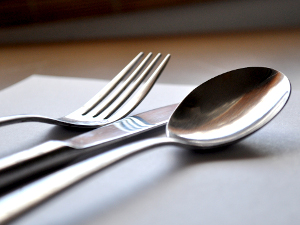 Last week’s post about
Last week’s post about 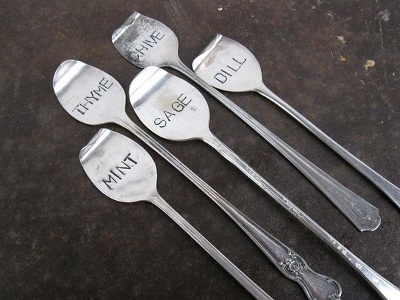
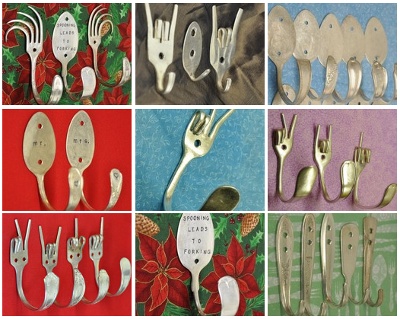
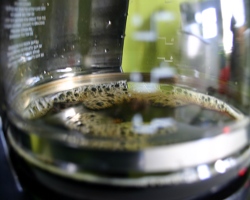 We’ve had an email from Iris:
We’ve had an email from Iris:














